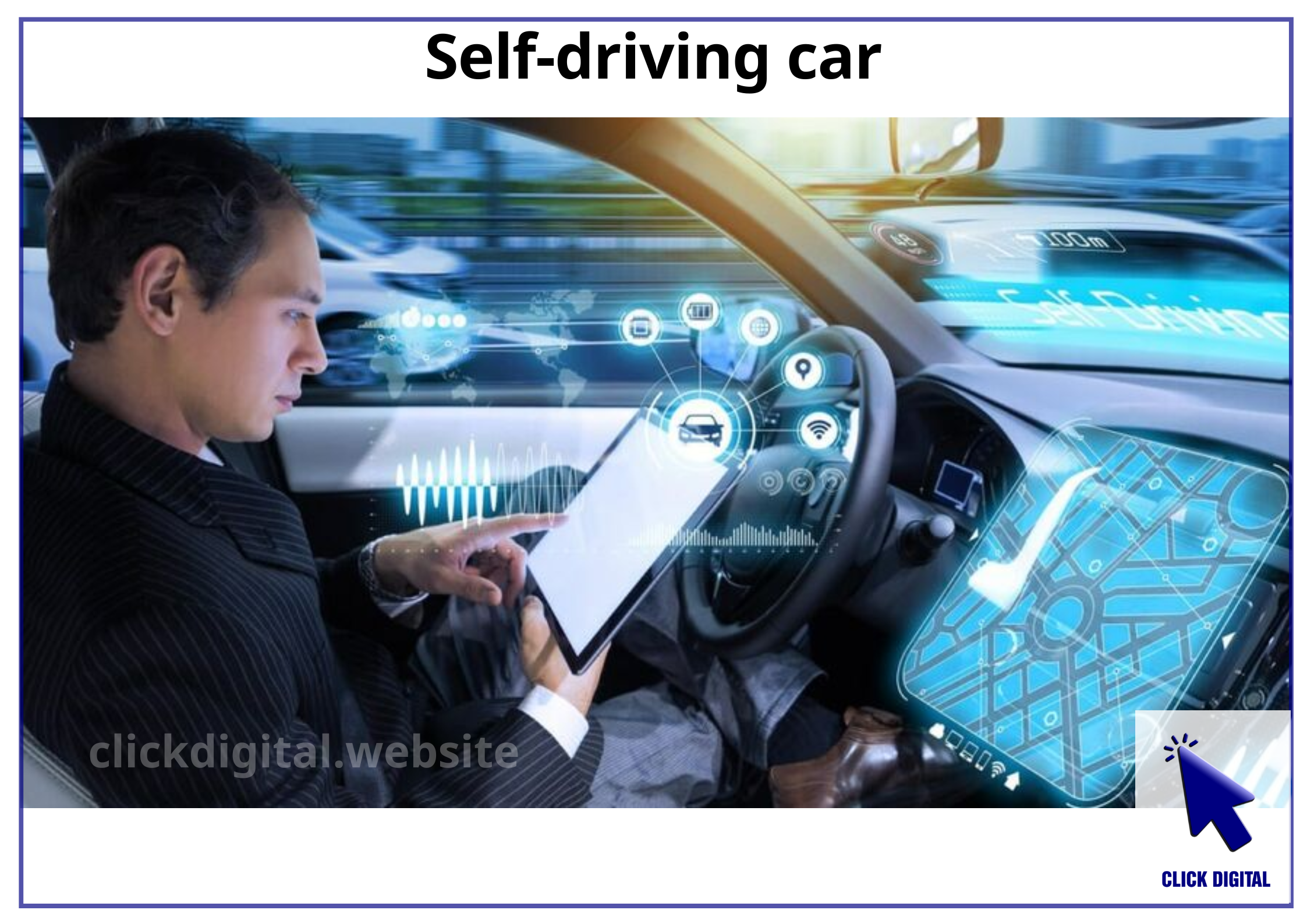Summary: This article analyzes the chip crisis impacting the automotive and self-driving car industry, arguing it’s not just a temporary phenomenon but reflects deep structural changes in the auto industry. It also offers lessons learned and outlines six priority action areas for automotive industry businesses to address these challenges.
The chip crisis has thrown the global automotive industry into turmoil, confronting manufacturers with severe shortages and forcing them to adjust production plans. What are the root causes of this crisis, and what can the automotive industry do to overcome it?
Table of Contents
The Chip Crisis: Structural Change or Just a Temporary Phenomenon?
The chip crisis has unexpectedly impacted many businesses within the automotive industry. In 2020, when the COVID-19 pandemic began, many car manufacturers predicted a market downturn, leading to reduced component orders, including semiconductors. However, demand for cars and AI for self-driving vehicles surged after lockdowns eased. Meanwhile, chip manufacturers redirected production towards consumer electronics, resulting in a severe chip shortage for the automotive industry.
Simultaneous Challenges:
The chip crisis stemmed from various factors, including the COVID-19 pandemic, the global chip shortage, natural disasters like factory fires, snowstorms, droughts, and even the US-China trade war.
Structural Change:
However, it’s clear that the chip crisis is not just the consequence of a series of unforeseen events but reflects deep structural changes within the automotive industry.
Electrification and software are transforming the automotive industry. Semiconductors are no longer mere components; they are strategic foundations for electric and self-driving vehicles.
For example, Nvidia chips are used in self-driving systems, and Nvidia’s chip development largely stems from these applications. Intel, on the other hand, is facing overheating issues.
Intel planned to build another factory in Vietnam but later shifted to Indonesia. The reason: Vietnam’s power grid is weaker than in other countries (Indonesia, China, etc.), posing manufacturing risks. A power grid failure once forced workers to take a three-day break, causing significant revenue losses.
Weak power grids are a major obstacle for FDI companies expanding their factories in Vietnam. This is a problem that needs to be addressed to attract more FDI.
Most importantly, all these factors have contributed to the chip shortage for AI self-driving cars.
Lessons Learned and Six Actions
The chip crisis has provided valuable lessons for businesses in the automotive industry. They need to change their mindset and actions to face these challenges.
Here are six priority actions:
- Increased Transparency in Chip Requirements: Businesses need to build a transparent information system throughout the supply chain, including details on chip type, quantity, manufacturer, and delivery schedule. This allows for a comprehensive understanding of semiconductors used in cars and AI for self-driving vehicles.
- Managing Semiconductor Risk: Establish an effective semiconductor risk management system by:
- Building regular communication channels with chip suppliers
- Developing backup supplier plans
- Analyzing and stockpiling strategic chip types
- Semiconductors as Core Components: Develop a comprehensive chip strategy, including:
- Modifying electronic system designs
- Increasing the use of high-performance SoC chips
- Enhancing internal chip design capabilities
- Collaborative Value Creation: Build robust partnerships with chip manufacturers by:
- Planning long-term chip needs
- Engaging in bulk chip purchase agreements
- Sharing investment risks in chip production projects
- Strengthening Semiconductor Capabilities in the Automotive Industry: Enhance semiconductor knowledge for managers, employees, students, trainees, and apprentices.
- Building a Circular Economy: Implement a semiconductor recycling strategy to recover raw materials and produce new chips.
Conclusion
The chip crisis poses a significant challenge. To overcome it and adapt to these changes, businesses need to shift their mindset and actions. They must develop comprehensive chip strategies, foster collaboration and innovation, and prepare for the transition from traditional cars to electric and self-driving vehicles.

